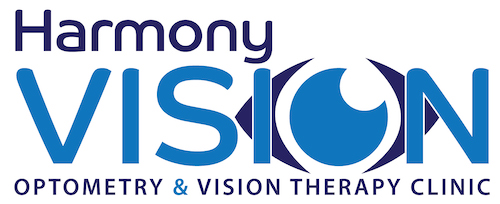Shedding A Little Light on Myopia
Myopia is an epidemic that is rapidly on the increase in our modernised world. The number of people tipped to become myopic in the next few decades is predicted to hit 50% of the population globally. 95% of Korean young adult males are myopic, in the US the rate of myopia has increase from 25% a few decades ago to nearly 40% now. Australia currently sits around 30% but is tipped to increase to 50%.
Apart from the expense and hassle of needing vision correction in order to see, myopia carries some significant low term eye health risks. The higher the myopia, the higher the risks. Glaucoma, retinal detachment, and macula degeneration are just some of the challenges people with higher degrees of myopia will face as they age.
What You Can Do As A Parent with a Myopic Child?
Glasses are No Longer Appropriate – The research is clear, and organisations at the forefront of myopia research and prevention, like the BHVI, are also clear that prescribing a lens that only deals with the loss of clarity in the distance, is no longer an appropriate way of managing a child’s myopia. Unfortunately this is still the main form of treatment within Australian eyecare for childhood myopia.
Orthokeratology is Currently One of the Best Option for Myopia Control – Ortho K is a treatment little known to the Australian public, but has been around for more than two decades. We have been using it in our Gold Coast practice for 10 years as a myopia control treatment for children and teenagers. There is very clear supporting evidence that Ortho Knot only restores clear distance sight, but also slows down the increases in prescription in young people with myopia by between 30 to 80%. This has been the experience in our practice with close to 60% of our patients showing very little progression at all, with most of the remainder experiencing progression at lower than average rates. The responses to Ortho K are individual and this needs to be discussed to suit your personal needs and liftstyle.
Increased Outdoor Activity – It is not clear why more time outdoors helps, but it is clear that increasing daily outdoor activity not only reduces the rate of myopia progression, but can also put off becoming myopic in the first place according to recent studies. The activity doesn’t necessarily have to be physical either. Our advice is find ways of increasing your exposure to an outdoor visual environment during the day by at least 60 minutes. Obviously your child needs to be “sunsmart”, but even being in the shade has potential benefits compared to being indoors. Some guidelines:
- The activity shoud include some movement, but doesn’t have to be necessarily very physical.
- The activity doesn’t need to be all at once, several 10 minute outdoor breaks seem to work.
- It works best if done before the child becomes myopic, but still has benefits after myopia is discovered.
Limit Technology – The impact of the amount of near work, particularly with newer devices, on myopia is debated amongst researchers, but we would like to consider the potential impacts of devices on children:
Children who are avid readers we considered the ones more likely to be at risk of myopia development. However, now consider the number of children who wouldn’t necessarily be identified as “avid readers”, but who now spend many hours on devices compared to 10 years ago. This surely has to increase the risk of myopia in children, who might have in the past found more visually “healthy” activities to do.
- Young “prereading” kids engage in screen based activities for much longer than they would books.
- Devices are held closer than books. The smaller the screen, the closer the working distance.
- There is concern about the affect of the blue light emitted from devices on a child’s sleep patterns.
There is no simple “one hit” solution to myopia, but it is important that steps are taken to limit your child’s chances of becoming myopic, particularly if you as a parent are myopic. Regular eye exams help early detection as children won’t always complain of blur in the early stages, plus a regular eye exam history can flag when something changes. Increase outdoor play. Hide your devices, particularly in the evening. They’ll sleep better and find something else to do that is perhaps better for their eyes. And finally, if you child is diagnosed with myopia, research alternatives to just wearing corrective glasses.
